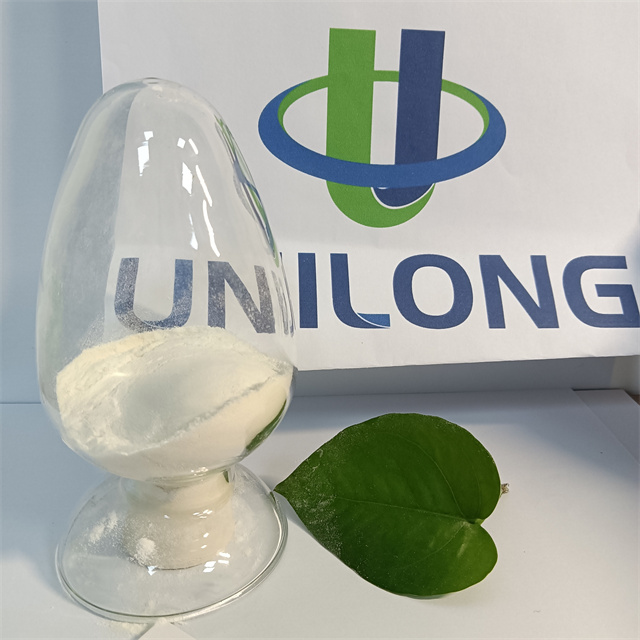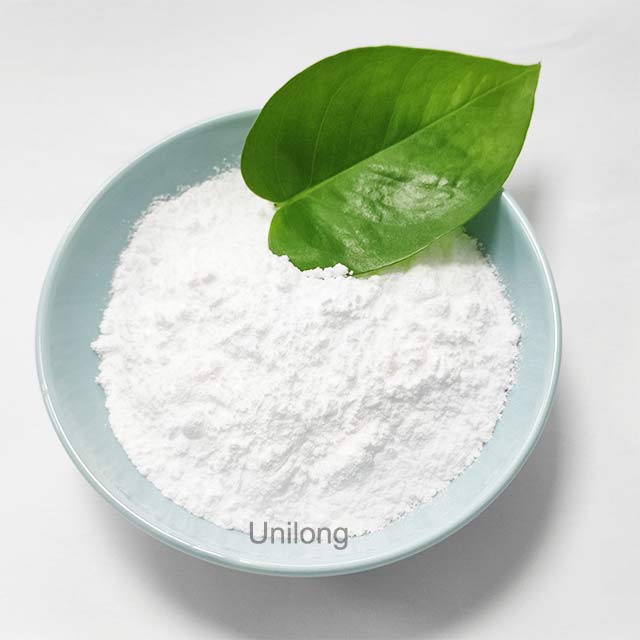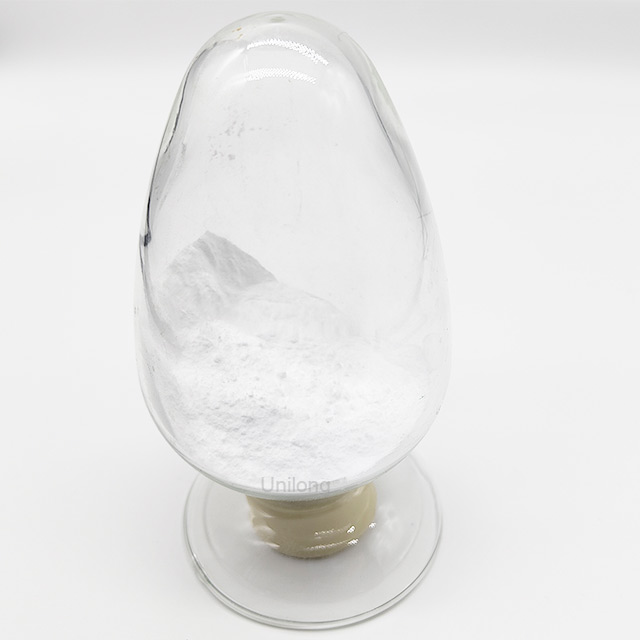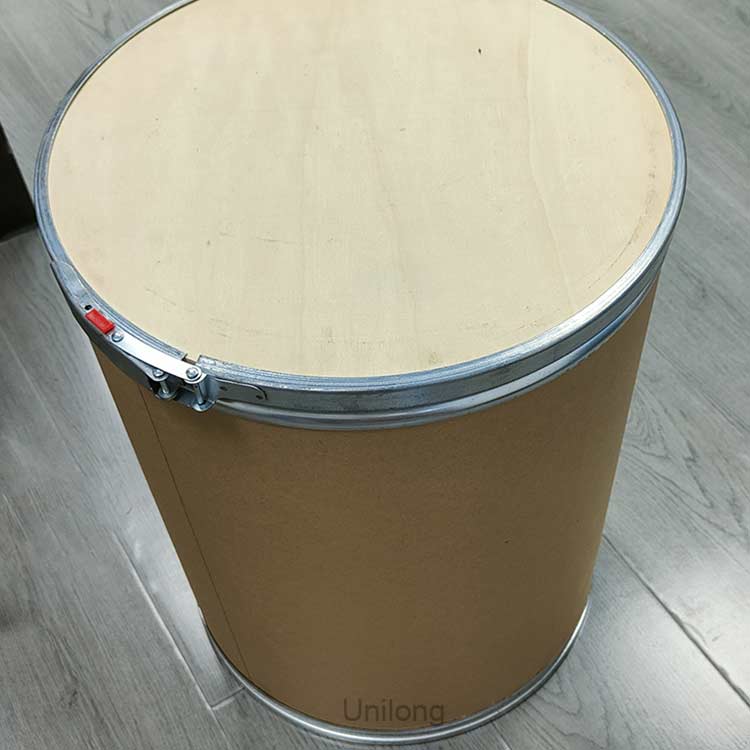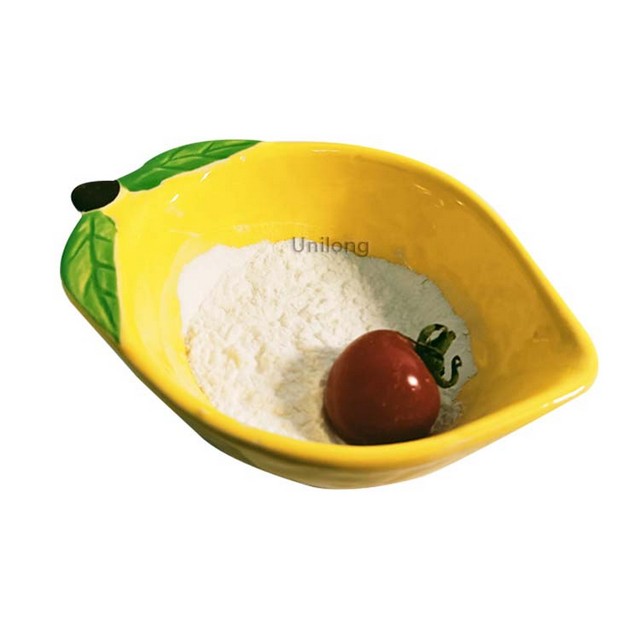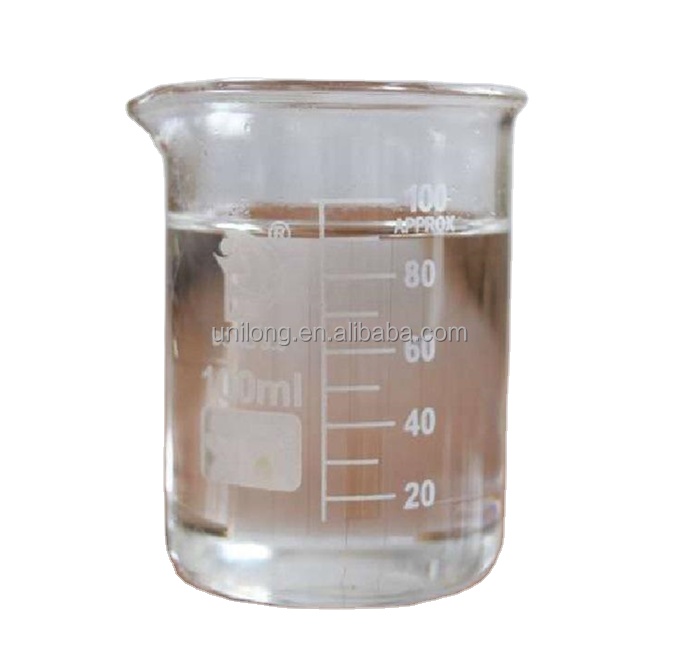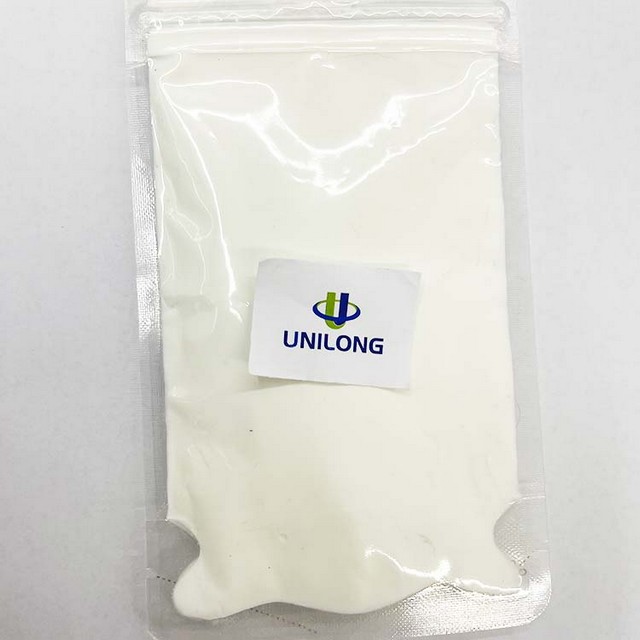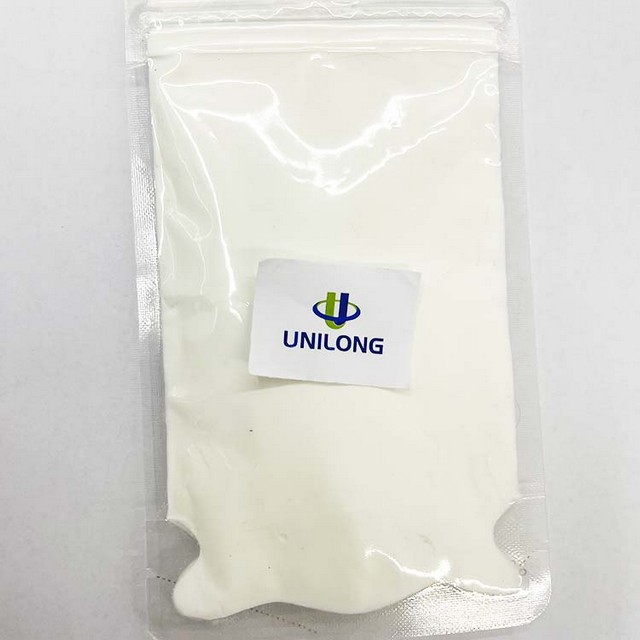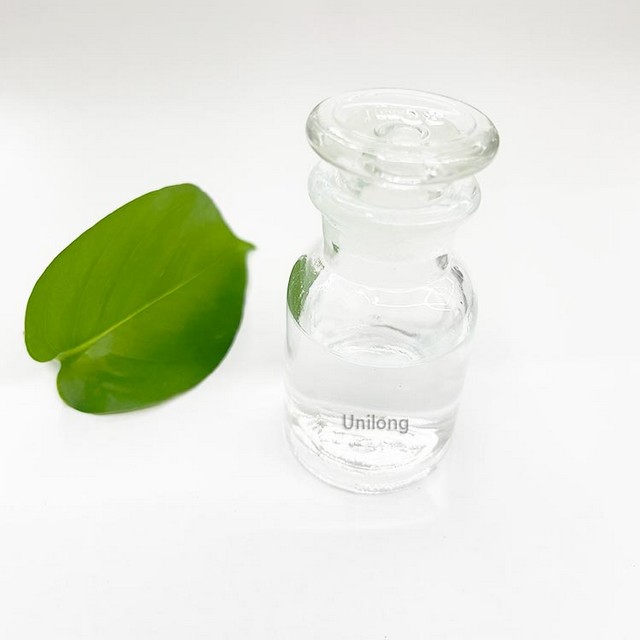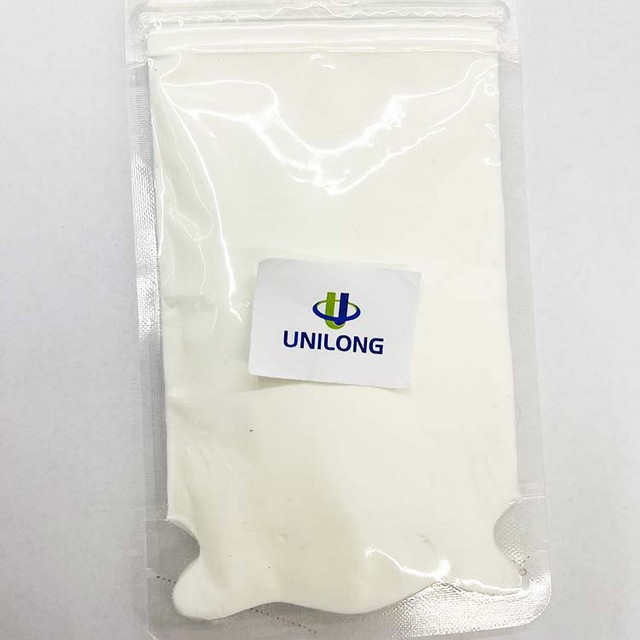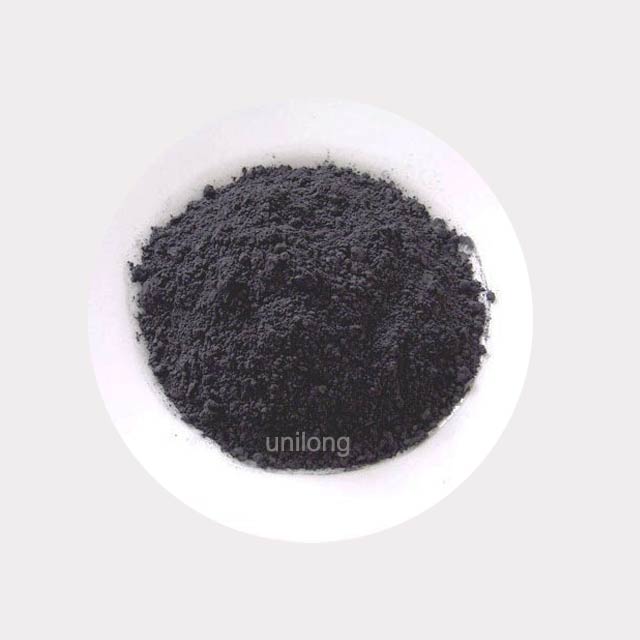No de CAS:89-83-8
Autres Noms:3-p-cymenol
MF:C10H14O
La FEMA No.:3066
Point de fusion:≥49℃
Qu'est-ce que de Thymolcryst CAS 89-83-8?
Une odeur piquante composé cristallin incolore, C10H14O;m.p. 51°C. Il se produit dans diverses essentialoils, en particulier l'huile de thym,et peut être faite par l'utilisation du fer(III)chlorure d'oxyder piperitone (itselfextracted de l'huile d'eucalyptus). Itsantiseptic propriétés sont exploitées ingargles et rince-bouche.
-
Spécifications
Emballage
25kgs/tambour,9tons/20'container

Mots-clés
2-Hydroxy-1-isopropyl-4-methylbenzene; 2-isopropyl-5-methyl-pheno; 2-Isopropyl-5-methylphenol (thymol); 3-Hydroxy-1-methyl-4-isopropylbenzene; 3-hydroxy-4-isopropyl-1-methylbenzene; 3-hydroxy-p-cymen; 3-methyl-6-(2-propyl)-phenol; 3-Methyl-6-isopropylphenol; 3-p-Cymenol; Thymic acid; thymicacid; 6-ISOPROPYL-3-METHYLPHENOL; 6-ISOPROPYL-M-CRESOL; 5-METHYL-2-ISOPROPYLPHENOL
